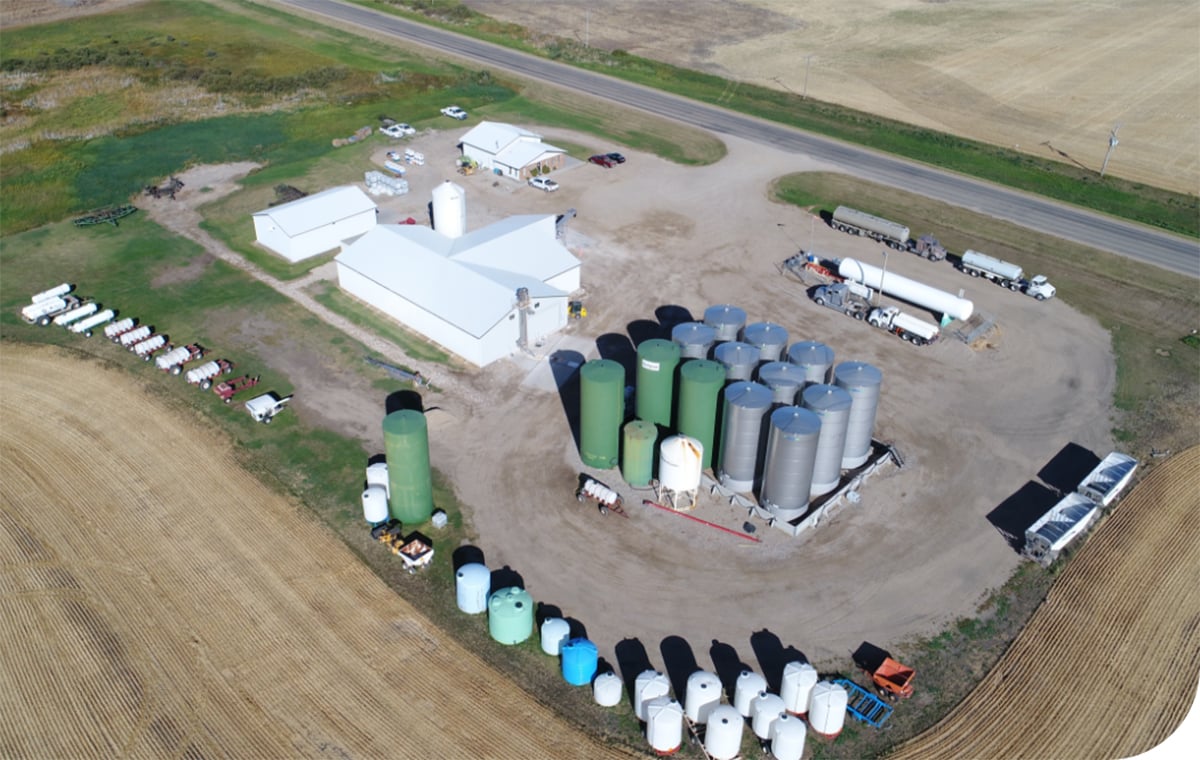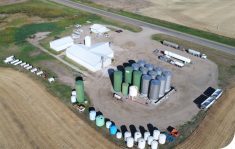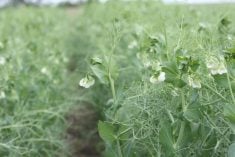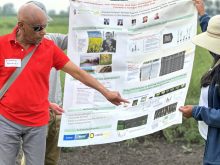Donna Wyatt still carries the flag for Wyalta Ranch, promoting Appaloosas and the rich history of the family into which she married.
When the family was featured in a 1965 article in The Western Producer, patriarch Jim Wyatt had one of North America’s top Appaloosa herds that included international champion stallions and mares. They also raised registered Herefords.
Most of that generation is gone now. Donna was married to Jim’s son, Syd, who died last year. She and her daughter, Jane Clegg, now run the ranch, where they have about 25 Appaloosas and a commercial cow herd. Clegg is also a brand inspector.
Read Also

Saskatchewan Co-ops to acquire Blair’s locations
Blair’s Family of Companies will be turning over the operation of six ag retail locations in Saskatchewan to local Co-ops
The ranch is 27 kilometres west of High River, Alta., and was established in 1949. The horse and cow herds have shrunk over time, but Wyatt and Clegg hope to see a granddaughter take over the next generation.
Wyatt was originally from the Maritimes and moved with her family to St. Albert near Edmonton. Her parents got into the Appaloosa business in an odd way.
Her mother was a smoker who rolled her own cigarettes. One day an Appaloosa ate one of her homemade cigarettes and she bought the horse.
“She thought it was really neat that this horse ate her tobacco,” said Wyatt, who met her husband when her family saw a horse named Speckle’s Boy that the Wyatts had raised.
The horse on this foothills ranch were used for working cattle, breeding and showing.
“We work our show horses and show our work horses,” she said.
Wyatt thinks the horses have improved and breeders like her are pushing to have Appaloosas recognized as an evolving breed.
The number of purebreds has diminished because owners prefer the vigorous animal that results from crossing with Quarterhorses and Thoroughbreds.
“We try very much to cross Appaloosa with Appaloosa,” she said.
That kind of breeding is referred to as F1, or first generation, and over time the horses need to be bred up to achieve purebred status.
They are considered purebred at the F4 level, or fourth generation, but there are fewer breeders and registrations each year. Less than 200 were registered last year, compared to 800 in 2001.
“When we used to breed, we had over 100 head of horses and we bred 20 to 25 mares a year, she said. “There are no breeders in Canada who do that anymore.”
The show ring has also changed. The Wyatts never used professional trainers or groomers. They worked with their own horses and won trophies. She said it was less stressful and more fun.
“We used to be able to pull a horse out of the pasture and put a rope on him and lead him in and we were fine. Now you have to have spit and polish,” she said.
“It is just very natural for us. My husband was a no-nonsense guy. He didn’t pamper them.”
Syd and his father were recognized horse judges, and the business took them around the world. The family exported horses to Europe and New Zealand, and Wyatt travelled to Germany every other year to promote the breed.
The horses have been sold for 4-H projects and as working horses and show animals. They have also appeared in the movies and on television.
The Appaloosa is believed to be an old breed and was used by the Nez Perce Indians in the northwestern United States.
They are a sturdy breed with plenty of stamina, but they are best known for their partially spotted coat where the front half may be solid and the hind end spotted.
ALL ABOUT APPALOOSAS
•Appaloosas are average size horses, standing between 14.2 and 15.2 hands at the withers and weighing about 1,000 pounds.
•The stereotypical Appaloosa is a dark body with a spotted white blanket over the loin and hips. However, coat patterns vary from those having a darker body with light speckling, to horses with white bodies and dark spots.
•Appaloosas share three characteristics: mottled or freckled skin, most noticeable around the muzzle, eyes and genitalia; hoofs have clearly defined vertical light and dark stripes; and eyes have a white sclera encircling the iris.
•The spotted horse, known today as the Appaloosa, existed before recorded history, and is one of the oldest recognizable breeds. Horses with spotted coats were depicted on cave walls in France dating about 18,000 B.C.
•It is believed the spotted horse was imported to Mexico, wandered north and was acquired by the Nez Perce indians of the U.S. Northwest by the early 1700s, who are credited for their selective breeding practices that fine-tuned many of the characteristics the breed is known for today.
•The Nez Perce horse became known as the Palouse horse, because many were seen along the Palouse River in the U.S. Pacific Northwest region.
Source: Appaloosa Horse Club of Canada

















